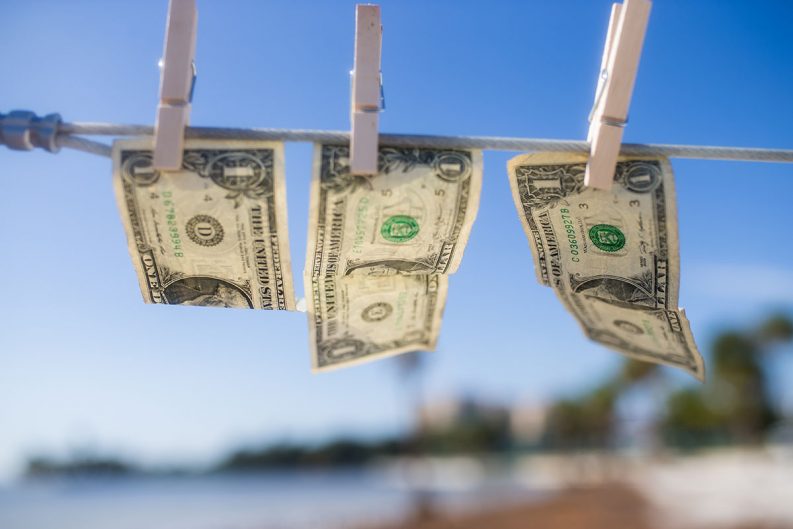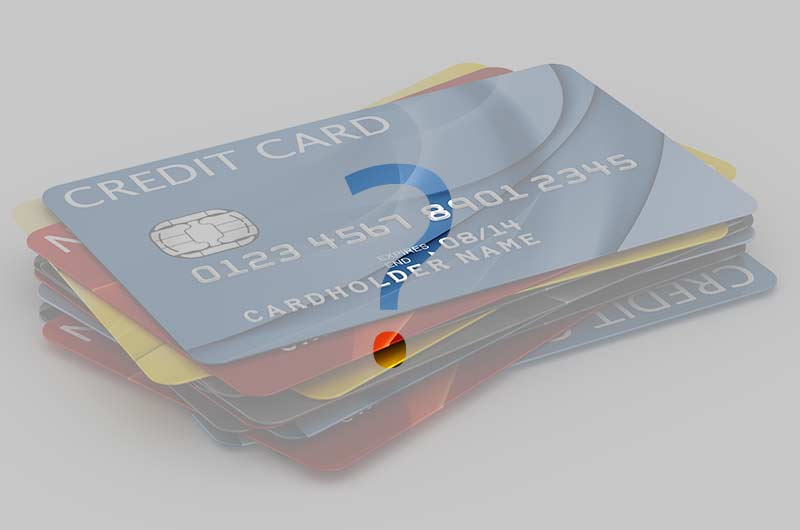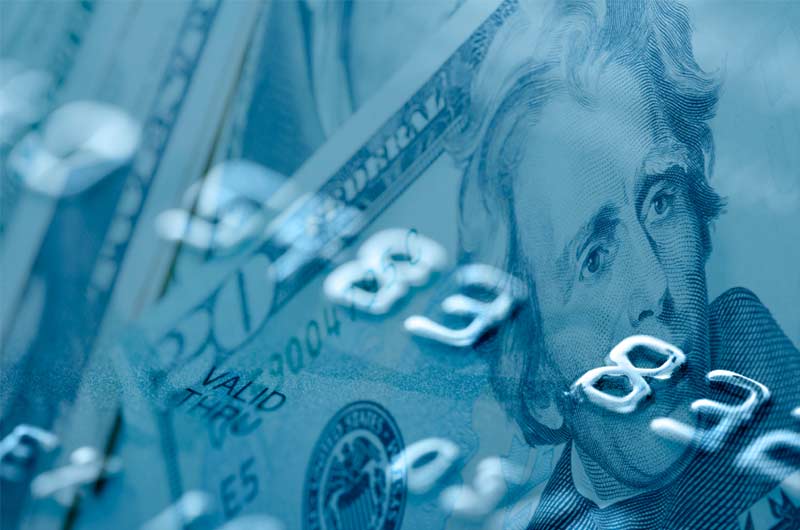Will Multiple Secured Credit Cards Help Build Credit?
Secured credit cards are designed to build credit and teach wise money management habits. The only thing better than having one credit building credit card is to have two, right? While it may seem like having multiple secured credit cards would boost your credit faster, that's not always the case. Let's analyze the pros and cons of having multiple secured cards.

A Diverse Credit Portfolio Could Help Your Credit, But…
It's true that 10% of your FICO credit score comes from your "credit mix." A more diverse credit portfolio could help give a slight boost to your credit score. But diversity doesn't necessarily come from having different cards from the same category of credit. Instead, it comes from having different forms of credit altogether, such as mortgage loans, personal loans, auto loans, home equity lines of credit, etc.
There are other credit scoring factors that far outweigh diversity. Your payment history accounts for 35% of your credit score. If you are unable to make on-time payments on your credit cards, it will be very difficult to build positive credit. Credit utilization makes up another 30%. This is a measure of the amount you owe compared to the amount of credit available to you. If you have several maxed-out secured credit cards, you once again won't see much of a boost in credit.
A Better Solution: Increase the Credit Limit on Your Secured Card
Instead of getting multiple secured credit cards, we recommend increasing the limit on one card. This gives you one monthly payment to make, one account to manage, one set of fees, and one interest rate. If your initial deposit was only $200, add $100 to that every month until you reach the cap on your credit limit. Most secured credit cards will allow additional deposits as long as the account is in good standing.
Increasing your secured card credit limit could boost your credit score because of how it impacts your credit utilization rate. If you charge $100 and have a credit limit of $200, your credit utilization is at 50%. If you owe $100 on a $1,000 credit limit, your utilization is only 10%. The lower your credit utilization, the greater the chance of increasing your credit score.
Adding to your secured card limit also gives you the chance to practice managing a higher credit limit before you upgrade to an unsecured card. You provide the funds for the card, so there is little risk of going into debt. If you find out a high card limit just isn't right for you, you can cancel the card without getting a hefty bill in the mail.
Top Secured Credit Cards with High Credit Limits
Here are some of the best secured credit cards with potentially high credit limits.
OakStone Platinum Secured Mastercard®
The OakStone Platinum Secured Mastercard® supports security deposits of up to $5,000, and it only has a 9.99% variable APR. There are no application fees to open an account, and the annual fee is $49. Best of all, payments are reported to all three credit bureaus!
Applied Bank® Secured Visa® Gold Preferred® Credit Card
With the Applied Bank® Secured Visa® Gold Preferred® Credit Card, you can make an initial security deposit between $200 and $1,000. However, you can boost you credit limit to up to $5,000 by making additional deposits at any time. This card reports to all three credit bureaus, has a low fixed APR of 9.99% and a $48 annual fee.
PCB Secured Visa®
The PCB Secured Visa® has a credit limit of up to $5,000. The initial deposit can range from $200 to $1,000, but the card allows additional credit line deposits, pending credit approval. This secured credit card reports to all three credit bureaus, and offers 24/7 account support as well as fast online approval.
The Drawback to Having Multiple Secured Credit Cards
Having multiple secured credit cards won't do much to build your credit, but that's not the only drawback to keep in mind. Each secured credit card will have its own set of fees. This is money you have to pay to maintain the card. If you have three secured cards with $48 annual fees, you're paying $144 a year just to keep the accounts open. That does not include interest payments, monthly fees, transaction fees, ATM fees, or anything else you may encounter along the way.
This is why we recommend increasing the credit limit on one secured card, rather than getting multiple secured cards. The annual fee will remain the same, no matter the amount of your credit limit. You can spend and pay off your card each month with minimal expenses. Read your card terms closely to learn what the fees are and ways you can potentially avoid them.
Will Multiple Credit Cards Help Build Credit?
Having multiple unsecured credit cards could help build your credit, just like increasing your credit limit could. Many unsecured cards come with no annual fee, so an open account wouldn't cost you extra money to maintain. Having multiple unsecured cards could also lower your credit utilization since you will have greater amounts of credit, provided these additional cards don't lead to increased spending. You may have a low interest credit card to use for big purchases and a cashback card to use for daily purchases.
Whether you choose to have one card, several cards, unsecured cards or secured credit cards, it's important to manage your accounts wisely. Make your payments on time each month, even if you can only afford the minimum payments. Be aware of fees on your accounts, and don't accrue new debt if you can't afford your existing debt. These are the practices that will build credit.
How to Successfully Manage Multiple Credit Cards
If you have multiple credit cards, these tips may help you manage your accounts effectively:
- Set your accounts up for autopay. Keep sufficient funds in your bank account to cover your credit card payments, and sign up for automatic payments. You'll never have to worry about missing a credit card payment because they will be automatically scheduled. You can set the payments to completely pay off your balances or make the minimum payments, depending on what you want and can afford.
- Create calendar reminders for credit card payments. If you do not want to set up autopay, put calendar reminders on your phone before your payments are due. It can be difficult to remember multiple due dates on your own, so this provides an extra backup for success.
- Avoid maxing out multiple credit cards. If you already have one maxed out credit card, pay that balance down before dipping into another card. Otherwise, you may end up with unmanageable debt and hefty interest charges.
- Study each card's terms closely. What are the fees on the card? How can you earn rewards? Does one card offer higher rewards in a certain spending category? Become very familiar with each card's perks and features so you can maximize your rewards and minimize your fees.
- Create a repayment plan before making any purchases with your card. How are you going to pay for this transaction? Will you be able to pay off the card when the bill is due, or will you need to break it up into payments? If you need several months to pay off your card balance, make sure you can feasibly handle that before making a purchase. Otherwise, you're setting yourself up for unmanageable debt in the future.
- Set one card aside for emergencies. This should be a card with a low annual fee or no annual fee at all. This card will help lower your credit utilization rate, but it shouldn't contribute to your debt. Only use it in the event of an emergency, and consider storing it in a separate spot from your other cards.
- Don't take on more than you can handle. If having two credit cards is going to "get you into trouble," don't get a second one! Understand your personal limits and stay within them. It is far better to have one well-maintained card account than it is to have a wallet full of debt.


